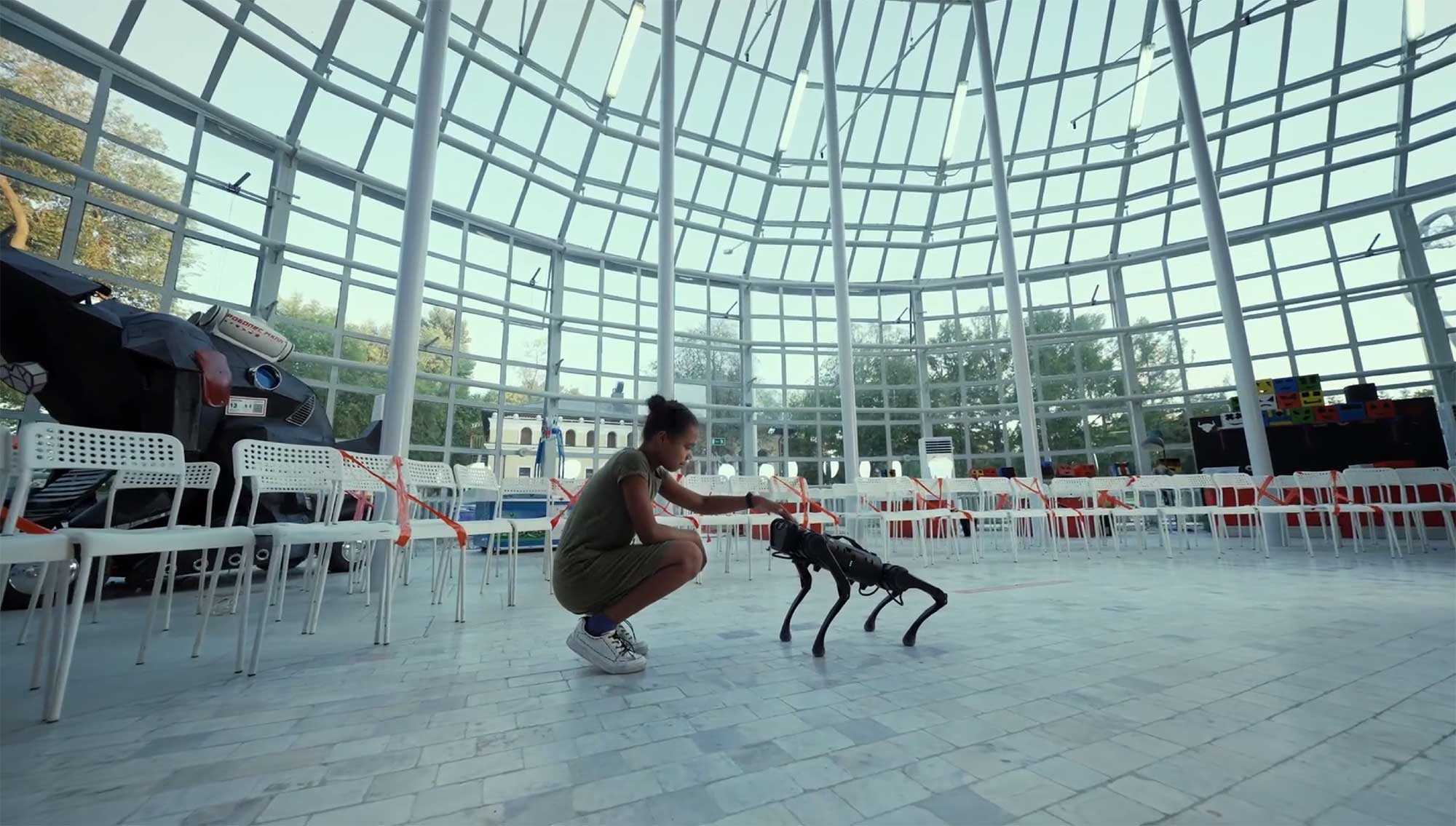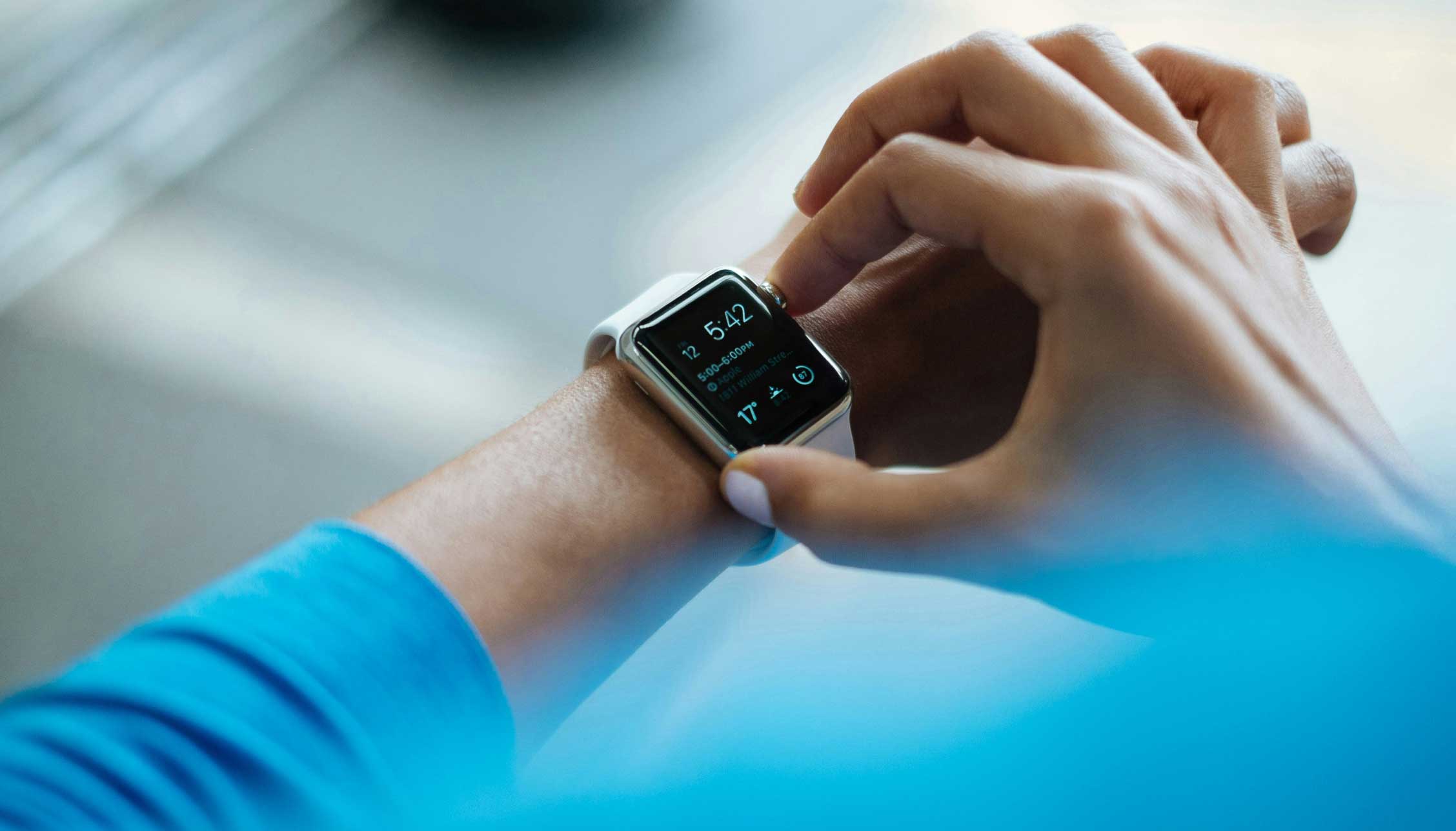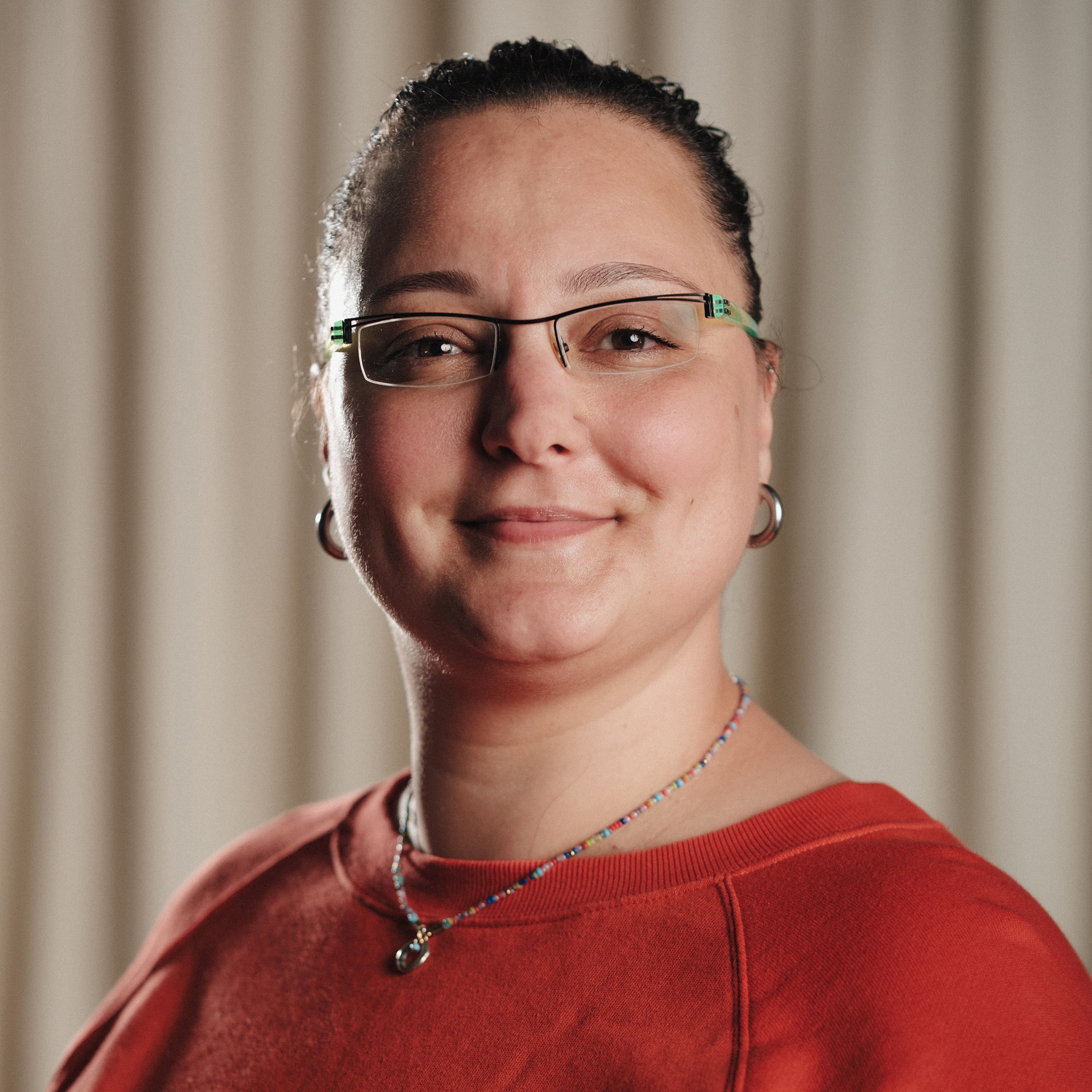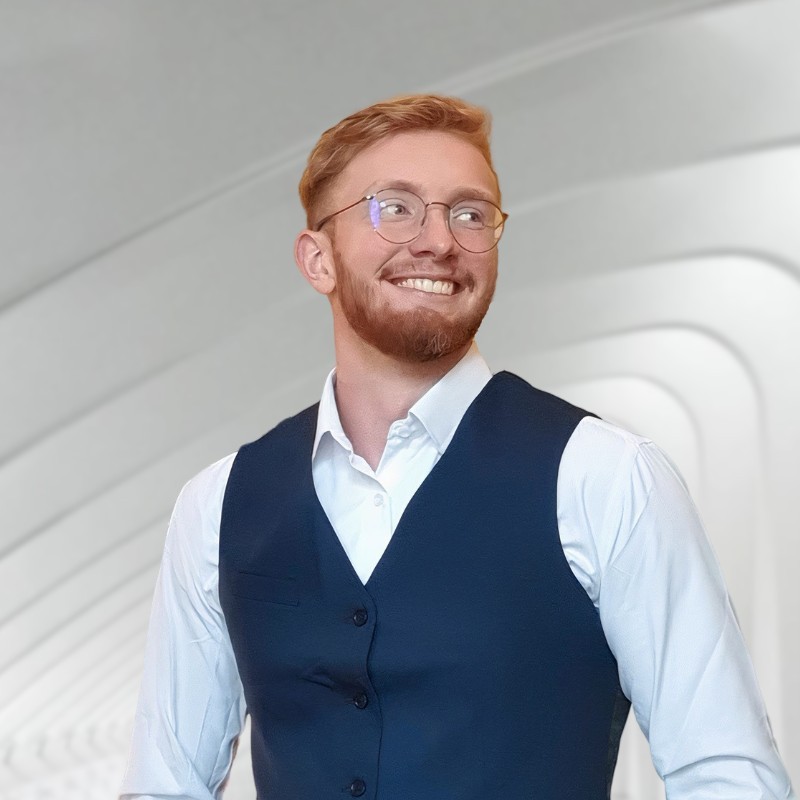Innovation
Beyond narrow AI: how we built a tailored visual inspection system
Off-the-shelf AI tools can be tempting. They promise versatility, speed, and results. But when it comes to industrial quality control, those promises often fall short. Real impact requires more: combining the right techniques, building custom data pipelines, and tuning models to the realities on the ground.
That’s exactly what we did with our latest AI-powered visual inspection system.
Instead of betting on a single method, we created a unified pipeline that combines object detection and image classification. It’s built to handle everything from microscopic defects to broader surface anomalies.
The challenge: from invisible specks to textural flaws
The problem wasn’t a single type of defect, but an entire spectrum. We had to detect both:
1. Tiny, almost invisible defects
Think dust particles or micro-scratches. These are barely perceptible, yet critical to flag. Detecting them in high-resolution images isn’t trivial. Most object detection models aren’t built to handle features that small.
2. Broader surface anomalies
These include drips, orange peel textures, or dry spots. They don’t appear as isolated objects, but as irregularities in texture, sheen, or pattern. Here, a global understanding of the surface is key.
Traditional (or narrow) AI models usually handle one or the other. We needed both.
Our approach: a two-pronged, custom AI pipeline
To meet this challenge, we built an end-to-end visual inspection system tailored to the task — combining two powerful AI models, each optimized for a different kind of defect.
Part 1 – Detecting micro-defects with YOLOv9 and smart tiling
We started with YOLOv9, one of the most advanced real-time object detection architectures available. However, even this model struggles when tiny details are downscaled in a full-resolution image.
So we adapted. Using a smart tiling technique, we split high-res images into overlapping patches. Each tile zooms in on a small portion of the surface, allowing YOLOv9 to detect minuscule flaws it might otherwise miss. Afterward, we recombine the patches and remove duplicates.
This approach delivered a major performance boost — recall jumped from 40% to over 70% on difficult datasets. It also made the system more robust to lighting variations, since each tile is analyzed independently.
Part 2 – Classifying surface quality with EfficientNet
For larger, textural defects, we turned to EfficientNet, a lightweight yet high-performing image classification model.
We trained it to recognize patterns like drips, orange peel, and dry spots across various panels. The result: 98.5% accuracy on the test set.
But accuracy alone wasn’t enough — realism mattered. We built custom prototype hardware to capture images under different lighting conditions (ambient, ring, and directional). This ensured the model learned how defects truly appear in production environments.
What made this work: full control from data to deployment
The success of this system lies in its integration and iteration. Every step of the process, from image capture to detection and classification, was designed for this exact use case.
- One pipeline, two models: Images flow through both YOLOv9 and EfficientNet for comprehensive defect analysis.
- Custom data collection: We didn’t rely on public datasets. We created defects on test panels and captured thousands of images in controlled settings.
- Smart training decisions: The tiling approach and lighting variations were never afterthoughts. They were built into how we trained and optimized our models.
The takeaway: going beyond narrow AI
Building effective AI isn’t about plugging in the latest model and hoping for the best. It’s about understanding the problem deeply, engineering the right tools, and refining them through data, iteration, and real-world testing.
This is how we go beyond narrow AI by creating systems that meet the exacting demands of modern quality inspection.
Curious how a tailored AI solution could improve your inspection process? Let’s talk.


Did this article start to give you some ideas? We’d love to work with you! Get in touch and let’s discover what we can do together.







-min.jpg)




